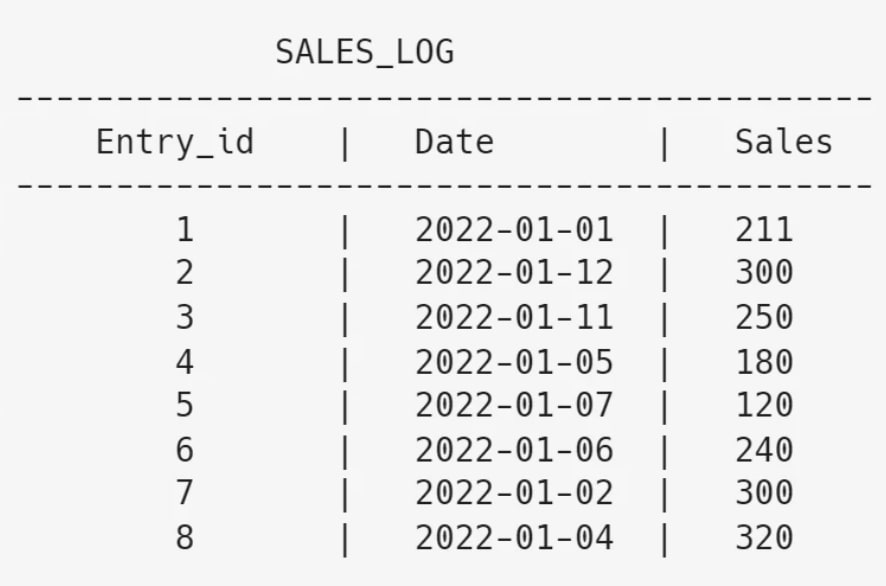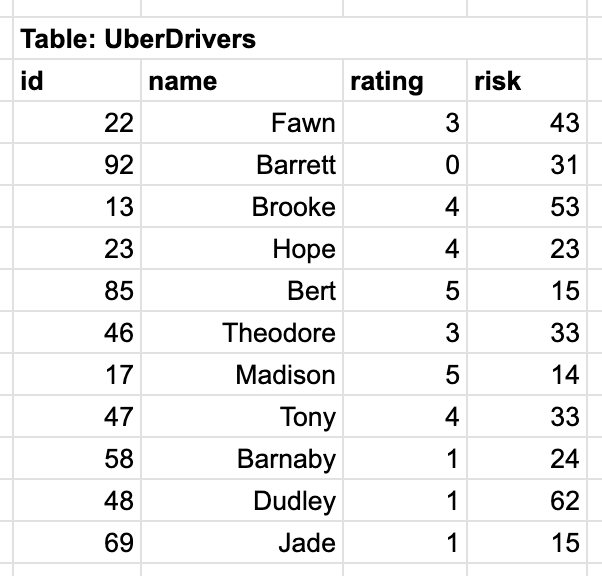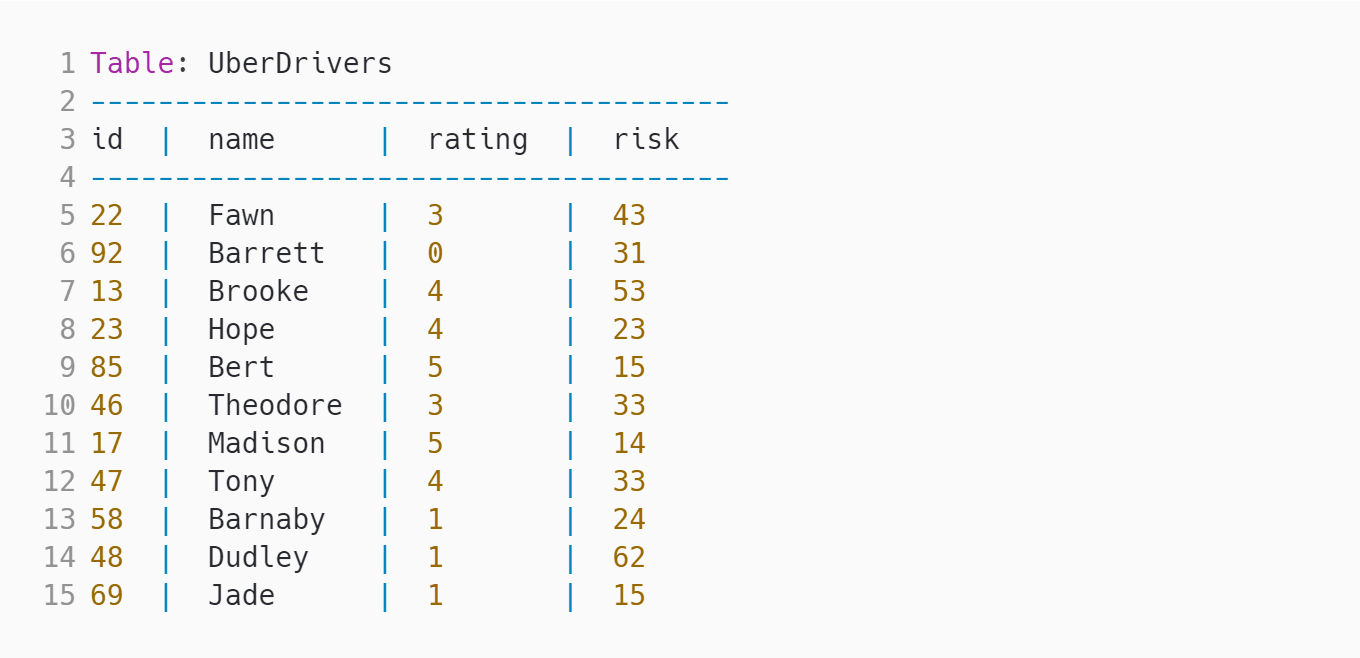MySQL: MySQL is an open-source relational database management system that is widely used for storing and managing large volumes of data. It is fast, reliable, and provides excellent scalability, making it a popular choice for various applications. The MySQL skill is measured in this test to assess the candidate's ability to work with databases and perform tasks such as creating, modifying, and querying tables.
Database Design: Database design is the process of creating a structure and layout for a database that ensures efficient data storage and retrieval. It involves defining the tables, relationships, and constraints based on the requirements of the system. Measuring the database design skill in this test helps evaluate the candidate's ability to design a well-structured database that meets the needs of the application.
SQL Queries: SQL (Structured Query Language) is a programming language used for managing relational databases. It allows users to retrieve, manipulate, and analyze data stored in tables using various types of queries. Testing the SQL query skill in this test helps assess the candidate's proficiency in writing efficient and accurate queries to retrieve specific data from the database.
Normalization: Normalization is the process of organizing data in a database to eliminate redundancy and dependency issues. It involves breaking down data into smaller, manageable tables and defining relationships between them. Evaluating the candidate's knowledge of normalization in this test helps ensure they can design and maintain databases that adhere to best practices and minimize data integrity problems.
Indexing: Indexing is a technique used to improve the performance of database queries by creating data structures, called indexes, that provide quick access to specific data. It involves selecting appropriate columns to create indexes on and optimizing their usage. Measuring the indexing skill in this test helps determine the candidate's ability to optimize query performance and optimize the overall database efficiency.
Joins: Joins in SQL are used to combine rows from two or more tables based on related columns between them. They allow for the retrieval of data from multiple tables by establishing relationships and specifying join conditions. Testing the join skill in this test helps evaluate the candidate's ability to retrieve and combine data from multiple tables using various types of joins.
Data Manipulation Language: Data Manipulation Language (DML) is a subset of SQL used for performing actions such as inserting, updating, and deleting data in a database. It allows users to modify the content of tables to reflect changes in the application. Assessing the DML skill in this test helps ensure the candidate can manipulate data accurately and efficiently.
Data Definition Language: Data Definition Language (DDL) is a subset of SQL used for creating, modifying, and deleting database structures and objects. It includes commands to create tables, define constraints, and alter the database schema. Measuring the DDL skill in this test helps evaluate the candidate's ability to design and manage the structure of a database effectively.
Views: Views in SQL are virtual tables created based on the result of a predefined query. They provide a way to simplify complex queries, enhance data security, and improve query performance. Evaluating the view skill in this test helps determine the candidate's proficiency in creating and utilizing views to facilitate data retrieval and manipulation.
Stored Procedures: Stored procedures are precompiled database programs that are stored in the database. They allow for the execution of complex tasks and logic on the server-side, reducing network traffic and improving performance. Testing the stored procedure skill in this test helps assess the candidate's ability to design, write, and manage stored procedures to optimize database performance and enhance application functionality.
Triggers: Triggers in SQL are a set of actions or instructions that are automatically executed in response to a specific event, such as an insert, update, or delete operation on a table. They help enforce data integrity, implement complex business rules, and maintain consistency in the database. Measuring the trigger skill in this test helps determine the candidate's proficiency in designing and implementing triggers to automate database actions and ensure data integrity.
Transactions: Transactions in databases ensure the atomicity, consistency, isolation, and durability of multiple database operations as a single unit of work. They help maintain data integrity and prevent data inconsistencies in case of failures or concurrent access. Assessing the transaction skill in this test helps evaluate the candidate's knowledge of transaction management and their ability to design and implement robust and reliable applications.




































































